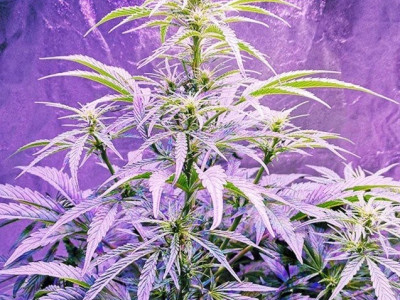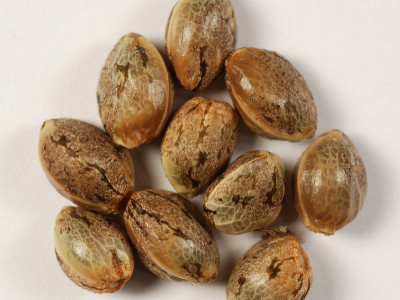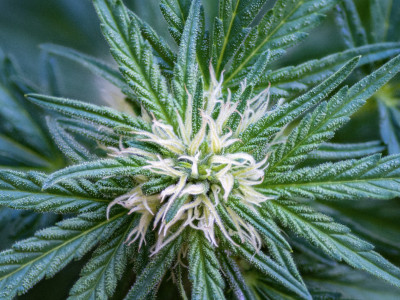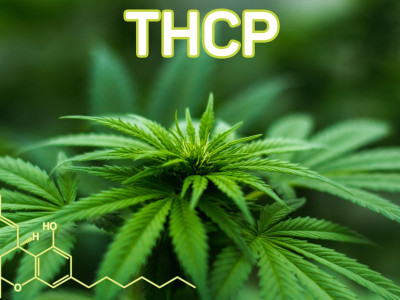0.00 грн.
CheckoutWhat is CBG (cannabigerol)

Cannabigerol (CBG) is a type of cannabinoid derived from the cannabis plant. It is often referred to as the mother of all enzymes. This is because other cannabinoids are derived from cannabigerolic acid (CBGA), the acidic form of CBG.
Other more common cannabinoids derived from hemp plants include cannabidiol or CBD and tetrahydrocannabinol (THC).
CBG is found in smaller amounts than others. In most strains of the plant, only 1% CBG can be found. Compared to 20-25% CBD or 25-30% THC.
This makes cannabinoid-derived consumer products rare and often expensive. However, CBG is growing in popularity due to its many potential benefits.
How CBG is made
CBG is obtained from young cannabis plants, which contain more CBG than fully developed plants. Typically, feminized marijuana seeds are used for better synthesis of the necessary enzyme.
Some varieties, such as White CBG, Super Glue CBG, and Jack Frost CBG, also have higher CBG content than other strains. They are specially cultivated to produce more of the necessary enzymes.
In fully developed plants with high concentrations THC and CBD very low concentration of CBG. This is because most of the CBG has already been converted to CBD and THC as it evolved.
Due to the difficulty of obtaining CBG, cannabis growers are experimenting with crossbreeding and genetic manipulation to help plants produce more of the CBG they need.
How CBG works
CBG is processed by the body's endocannabinoid system. It is made up of molecules and receptors in our body that are responsible for keeping the body in optimal condition, no matter what happens in the external environment.
In our body, CBG mimics endocannabinoids, the natural compounds that our bodies produce.
Cannabinoid receptors in the body
The human body contains two types of cannabinoid receptors: CB1 and CB2. CB1 receptors are found in the nervous system and brain, while CB2 receptors are found in the immune system and other parts of the body.
CBG works by binding to both receptors, where it is thought to enhance the function of anandamide, a neurotransmitter that plays a role in increasing pleasure and motivation, regulating appetite, sleep, and relieving pain. Unlike THC, CBG has no psychotropic effects.
Potential Benefits of CBGCBD and CBG have been used to treat pain without intoxicating effects, and often in medicine to treat, prevent, and reduce the symptoms of many diseases.
Studies show that CBG may also have therapeutic effects. However, such studies in humans are few and far between.
Some promising animal experiments show that CBG can help treat some diseases:
- Inflammatory bowel disease (IBD)
Causes chronic inflammation in the intestines. It affects millions of people around the world and is incurable. An experimental animal study conducted in 2013 found a beneficial effect of CBG on this disease.
CBG has been found to reduce inflammation and nitric oxide production. It also reduced the production of reactive oxygen species (ROS) in the gut.
- Glaucoma
Also, in scientific experiments on animals, scientists have found that CBG has therapeutic potential for the treatment of glaucoma.
Scientists injected CBG into cats with glaucoma and noticed a decrease in eye pressure and an increase in the outflow of aqueous humor, the fluid produced by the eye that maintains intraocular pressure and provides nourishment to the eye.
- Huntington's disease
Causes the destruction of nerve cells in the brain. In 2015, scientists studied the potential neuroprotective properties of CBG and other cannabinoids in mice that had an experimental model of Huntington's disease. CBG has been seen to act as a neuroprotective, protecting nerve cells in the brain from damage.
CBG vs CBD
These enzymes have something in common:
- Both are not psychoactive, that is, they do not affect the psychological part of the body;
- Act on the endocannabinoid system;
- Combats the psychoactive effects of THC.
One of the biggest differences between CBG from THC and CBD in plants is that most strains only contain 1% CBG, while CBD and THC are up to 25%.



